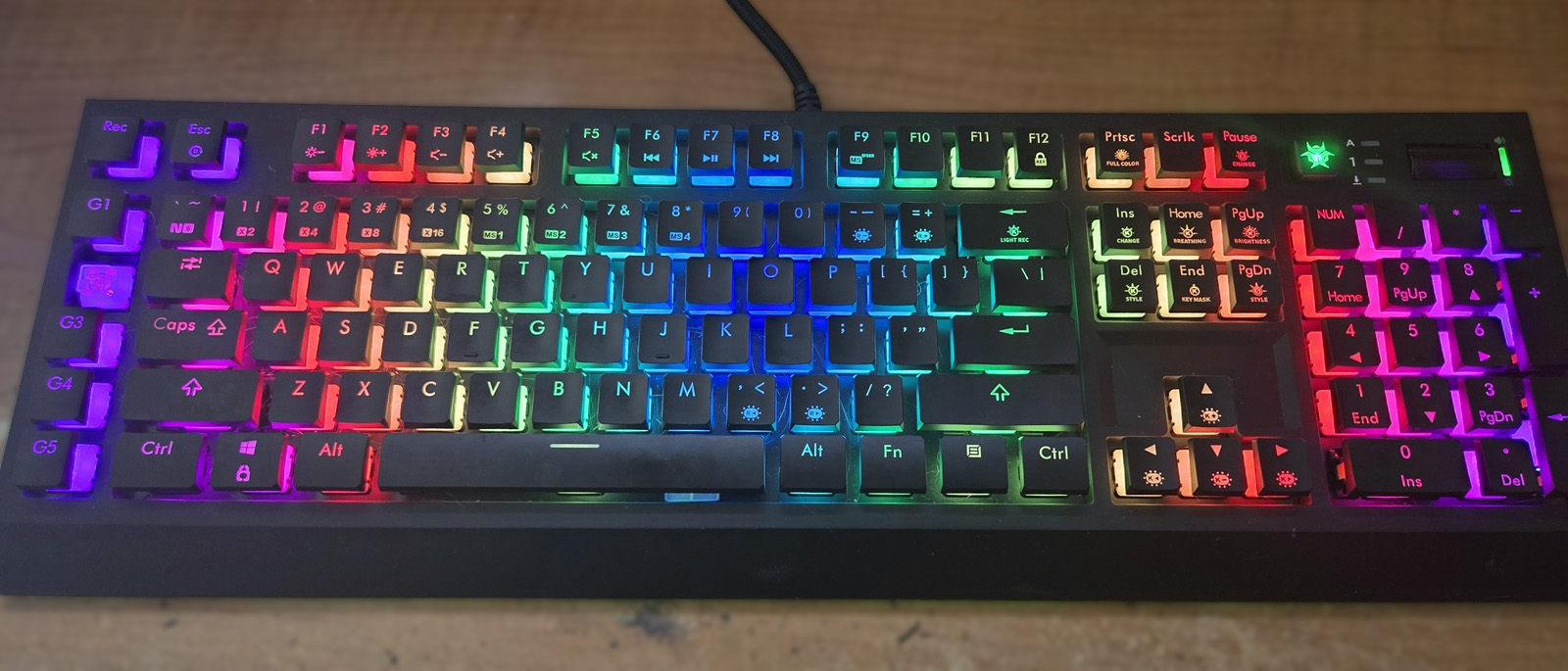Here are 3 ways Back 4 Blood is different than Left 4 Dead
They might look similar, but there are key ways Back 4 Blood is already standing apart.
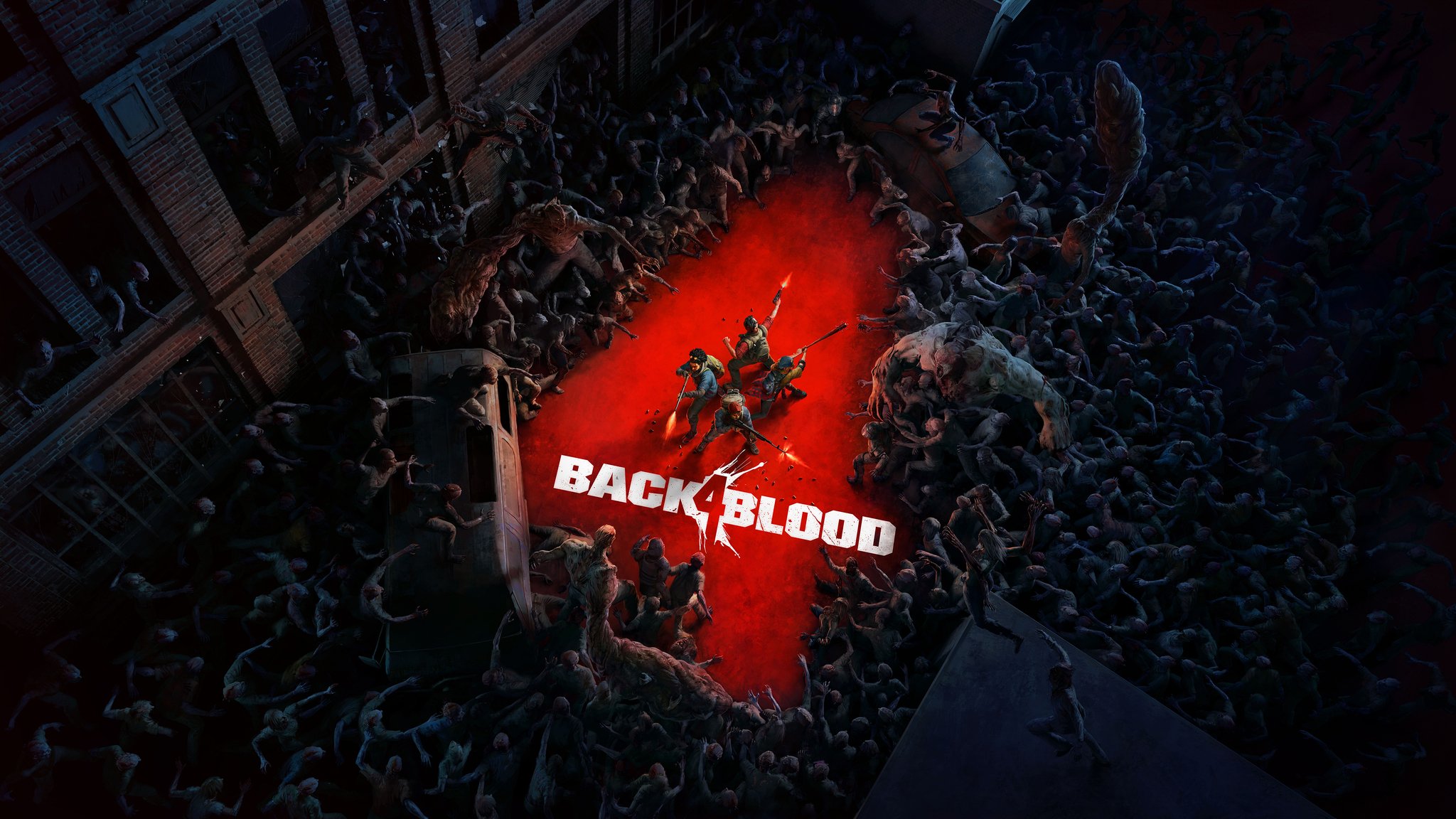
It's undeniable that Turtle Rock Studios' upcoming co-op zombie shoot-em-up Back 4 Blood is heavily inspired by 2008's Left 4 Dead. It makes sense considering it developed Left 4 Dead when it was still a part of Valve.
With its wide assortment of weapon and utility pickups, unique and advanced "special infected" zombies, and an AI director that keeps playthroughs fresh by influencing zombie and item spawns, Back 4 Blood is, in many ways, simply a better-looking version of the game that players enjoyed over a decade ago (and still do today).
However, Back 4 Blood also features some key design choices and gameplay systems that help differentiate the game from its predecessor. These differences help make Back 4 Blood feel like an evolution of Left 4 Dead rather than a clone of it. After extensively playing the recent Back 4 Blood Closed Alpha, the differences are the main reason why I'm itching to play more as soon as I can. Here's a look at the three main ways that Back 4 Blood differs from Left 4 Dead.
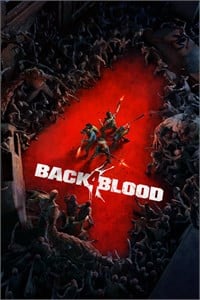
Turtle Rock is Back 4 More
Back 4 Blood is Turtle Rock Studios' spiritual successor to the studio's hit classic Left 4 Dead, and based on our experience with it so far, the game is going to be a fantastic one.
Slay your way in Back 4 Blood
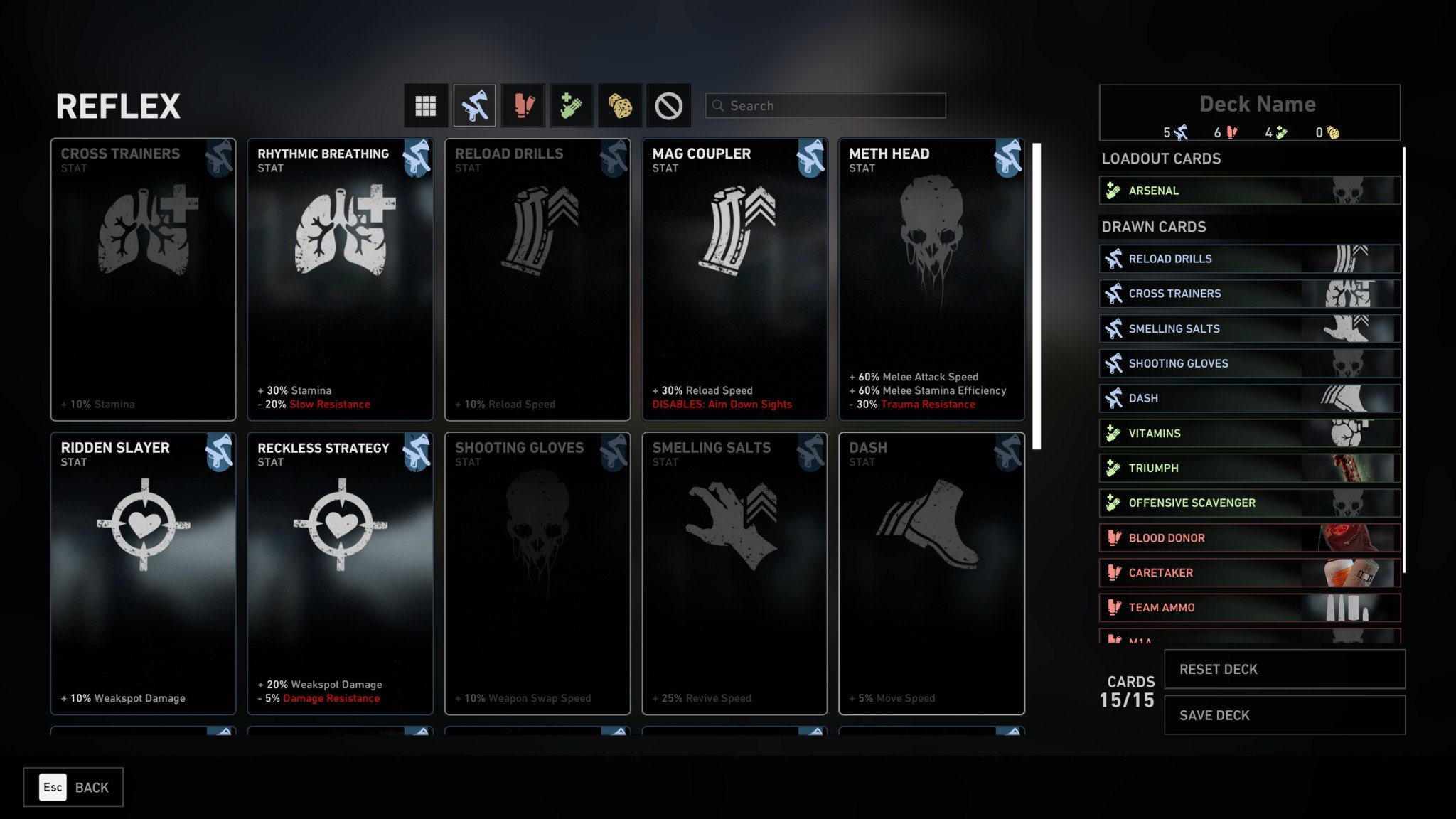
The biggest thing that differentiates Back 4 Blood from Left 4 Dead is its focus on player choice, the bulk of which can be found in the game's card-based deck system. Before loading into a match, players can create a deck of 15 cards that each give them benefits and perks. For example, one card may boost your reload speed while another might allow you to carry more healing items. Certain cards also give you unique traits, such as increased damage resistance while crouching.
Once you join a game, you'll be given the opportunity to select a few of the cards you chose out of a randomized collection. As you progress through a campaign's levels, you'll also be able to select additional cards from your deck as well. This system allows players to specialize in a way that best fits your preferred playstyle. Want to be a tanky melee fighter? Build a deck that has lots of health and melee cards. Looking to play the support role? Fill your deck up with cards that allow you to carry more bandages and heal teammates more efficiently. This system ultimately allows you to take on the zombie horde in a way that feels best for you, which is awesome.
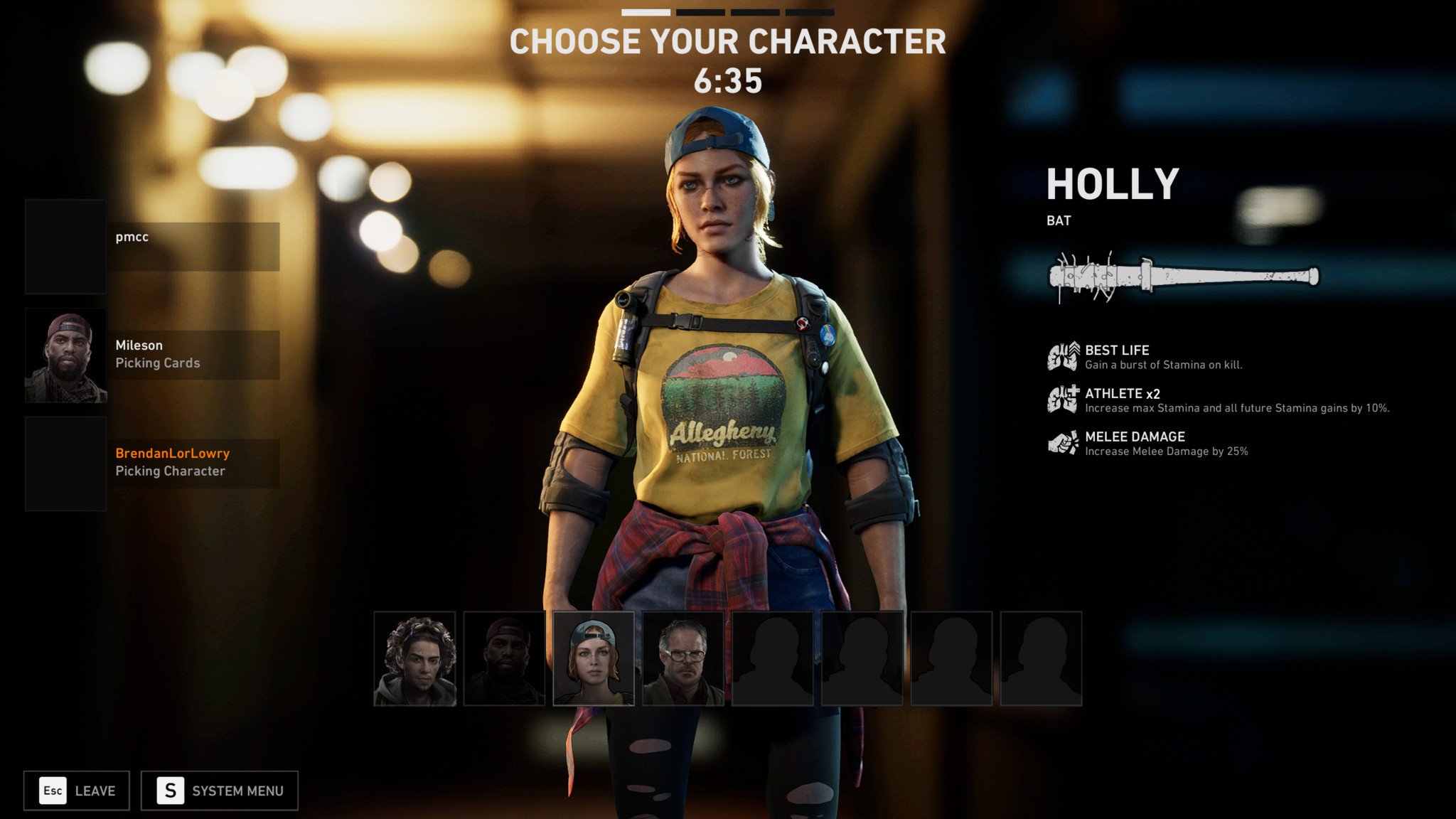
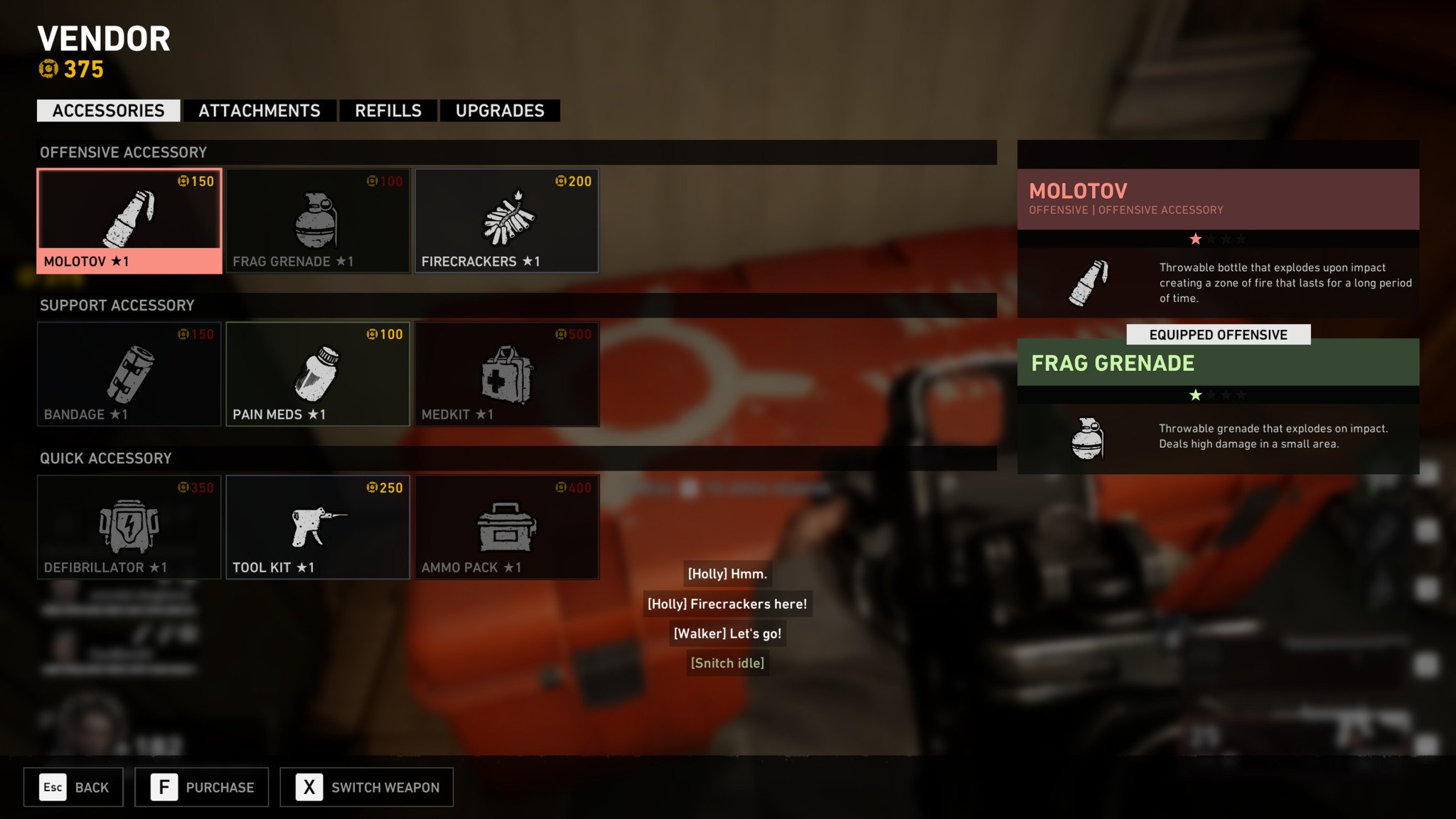
Back 4 Blood also gives players more choice with its character-specific perks. For example, Holly, the energetic and wise-cracking punk of the squad, has high stamina and an intrinsic melee damage boost. Therefore, players who like using melee weapons will love using her. If you want to be the team's grenade specialist, pick Hoffman since he automatically gets extra slots for throwables. It's a little frustrating to not be able to play as the character you want when matchmaking, but thankfully, the character perks only have a small impact on the overall gameplay.
Lastly, there are little "shops" in each level's starting safe room that players can use to buy ammo, consumables, and more before going out to face the apocalypse. In order to make purchases, you'll need to find small piles of copper, Back 4 Blood's currency, during gameplay. While you can't buy weapons at these shops — you can only find new guns as you explore each level — the ability to buy ammo and consumables is helpful since it provides players with a way to restock if the AI director decides to get stingy with the spawn rate of supplies.
Get the Windows Central Newsletter
All the latest news, reviews, and guides for Windows and Xbox diehards.
The apocalypse feels like the apocalypse
Another thing that makes Back 4 Blood feel different compared to Left 4 Dead is how challenging it is. Even at the lowest difficulty setting, Classic, Back 4 Blood is considerably more difficult than even some of Left 4 Dead's higher difficulties. There are more special infected, ammo and consumables feel harder to come by, and there are many more opportunities for players to screw up and accidentally attract the attention of the full zombie horde. It's far from an unfair level of difficulty — in fact, if your team plays well, you can finish missions without significant trouble — but it definitely forces you to stay focused more often than its predecessor did.
One of the more clever ways that Back 4 Blood keeps you on your toes is by activating a few modifier cards for the zombies and environment at the start of each level. In one level, you might have to deal with armor-clad zombies that can only be killed with headshots, while in another you could run into visibility issues thanks to thick fog. These cards also dictate which of the game's special infected you'll run into, although only four special infected zombie types were active for the Closed Alpha.
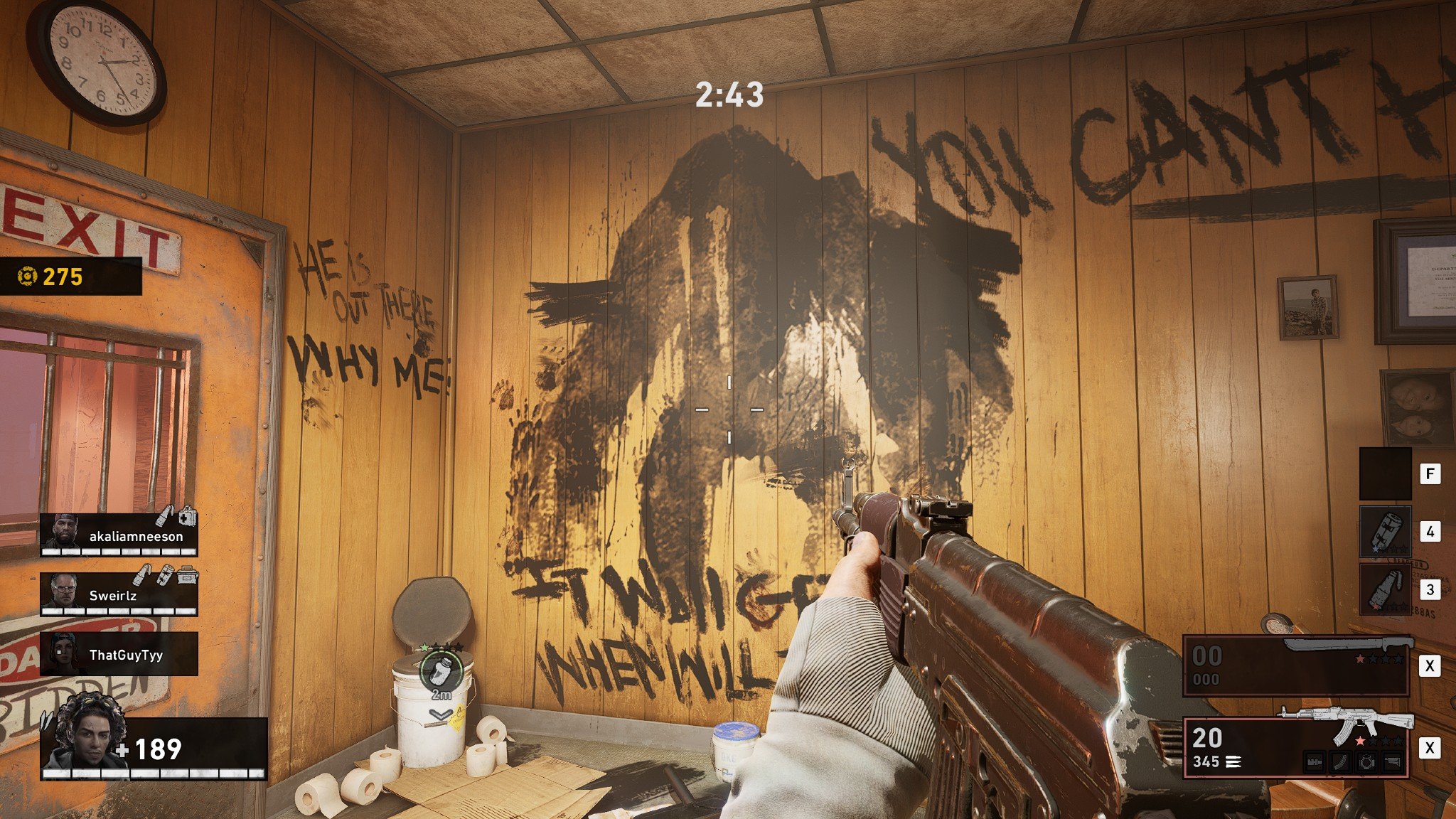
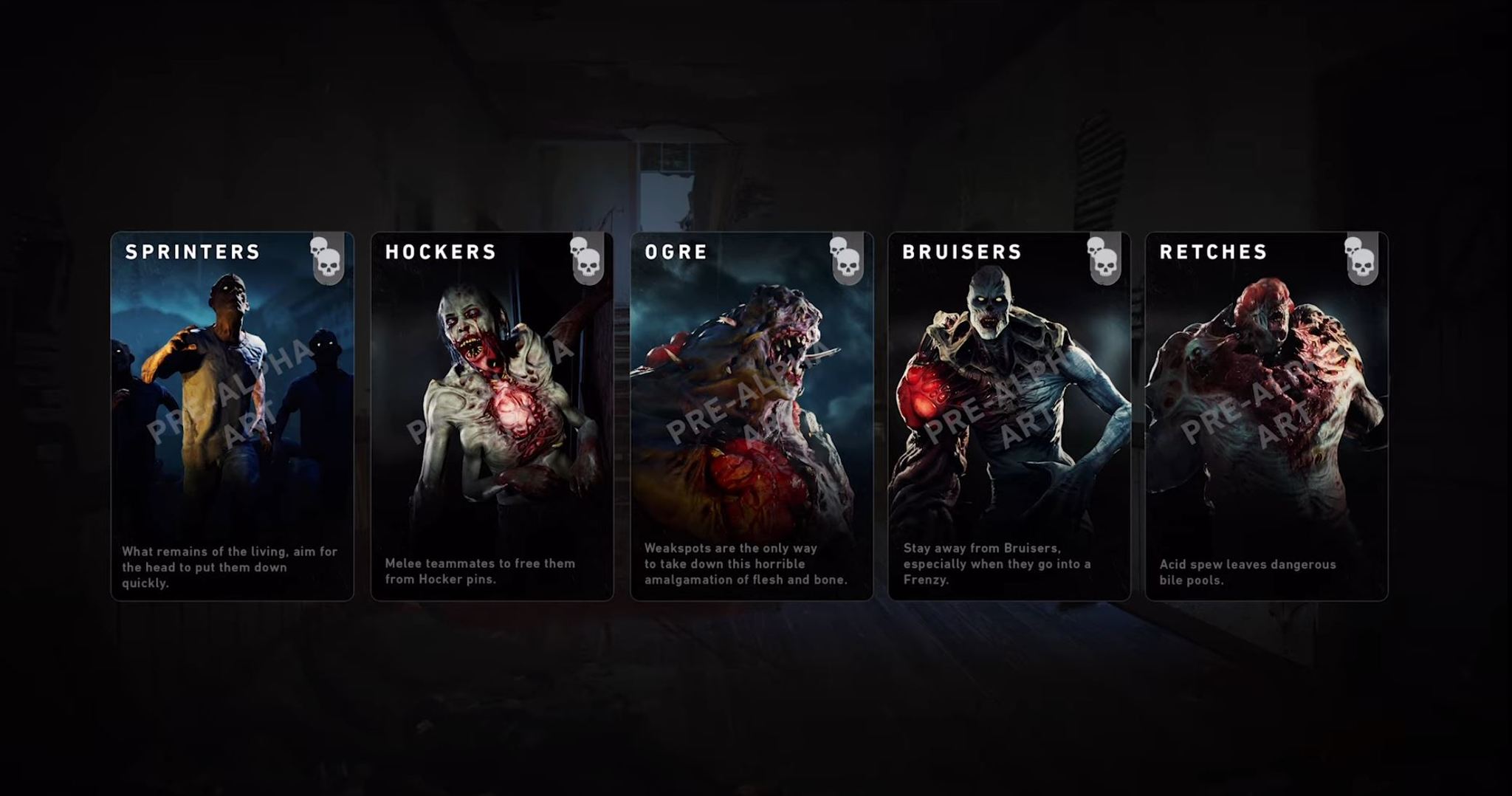
Overall, I think the bump upwards in difficulty is a good thing. One of the main reasons I didn't really keep playing the Left 4 Dead games after the first few years they were out is because the game generally felt too easy once I knew what I was doing. Therefore, I'm glad that Turtle Rock Studios is kicking the challenge up a notch to ensure that every level feels intense and satisfying to finish whether you're a veteran or a new player.
Back 4 Blood gives Left 4 Dead a wonderful 2020 facelift
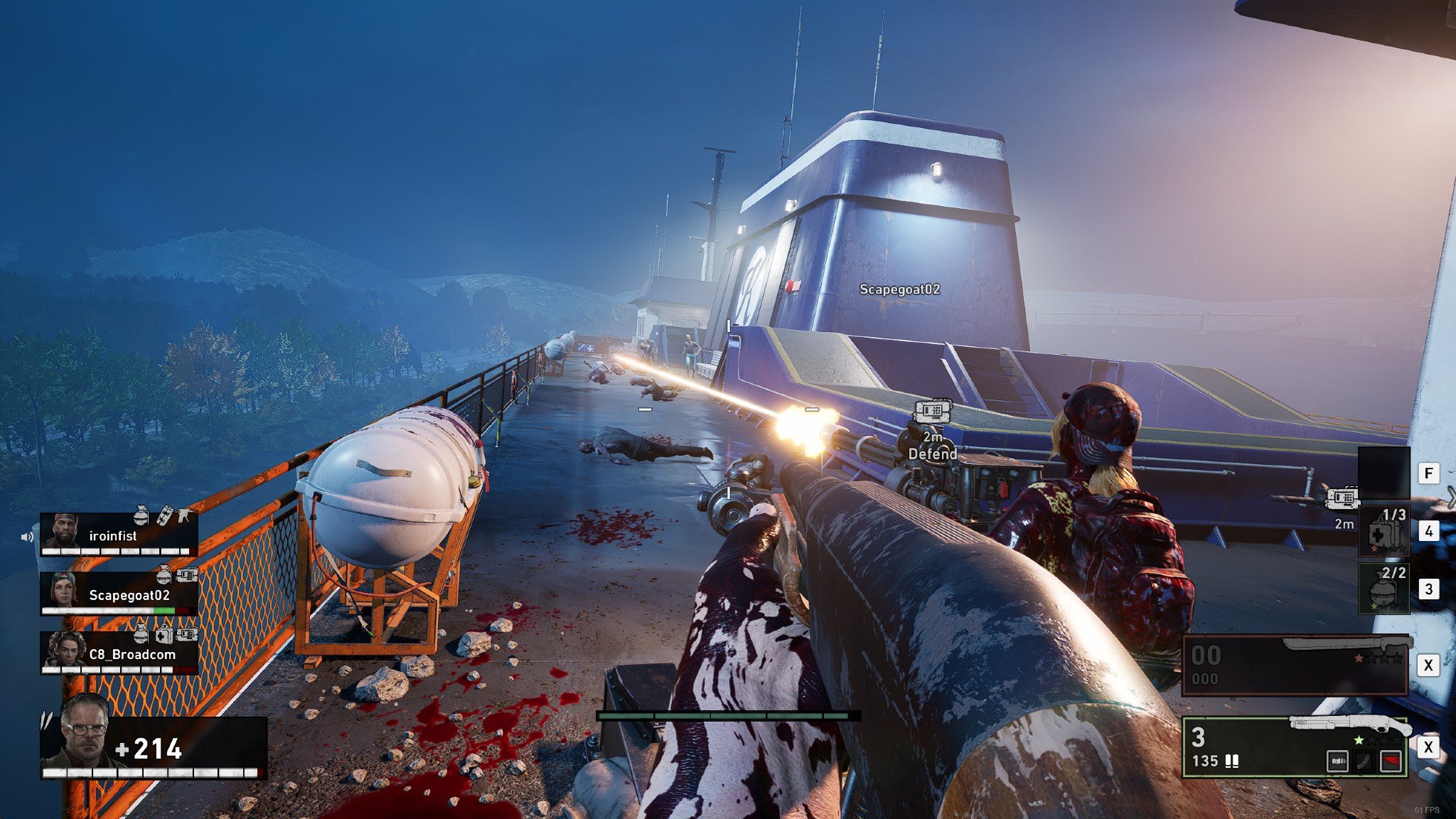
The final thing that separates Back 4 Blood from Left 4 Dead is how modern the game feels (and I don't mean graphically). In Back 4 Blood, you can aim down the sights of your weapon, sprint, vault over objects, and clamber over walls.
These are all things that we take for granted in most of today's shooters, but these genre staples were nowhere to be found in 2008's Left 4 Dead. Turtle Rock Studios' original masterpiece has aged incredibly well overall, but this is one area where it hasn't; not being able to aim down sights or platform across tricky areas fluidly while a sea of zombies close in makes you realize just how good we have it in 2020.
It's not perfect — the clambering animation will occasionally glitch out and not work, for example — but the game is in Alpha right now, meaning that hiccups with these features are expected. Ultimately, I think that this modern approach to the feel of the game is excellent.
Your thoughts
What do you think about the ways in which Back 4 Blood differs from Left 4 Dead? Let me know down below. I'm excited to see how Turtle Rock continues to build on what they've already created, as if things go well, Back 4 Blood may end up being one of the best PC games as well as one of the best Xbox One shooters.
Back 4 Blood is expected to release on June 22, 2021 for $60 on Xbox Series X, Xbox Series S, Xbox One consoles, PlayStation 4 and 5, and Windows 10 PCs on both Steam and the Epic Games Store.
Brendan Lowry is a Windows Central writer and Oakland University graduate with a burning passion for video games, of which he's been an avid fan since childhood. He's been writing for Team WC since the summer of 2017, and you'll find him doing news, editorials, reviews, and general coverage on everything gaming, Xbox, and Windows PC. His favorite game of all time is probably NieR: Automata, though Elden Ring, Fallout: New Vegas, and Team Fortress 2 are in the running, too. When he's not writing or gaming, there's a good chance he's either watching an interesting new movie or TV show or actually going outside for once. Follow him on X (Twitter).

